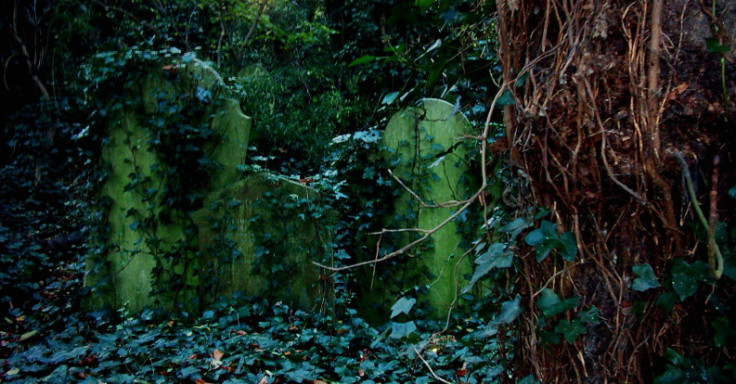Finding your own food – a beginner's guide to foraging
Foraging expert Jason Irving explains how to find your own food safely.
The popularity of foraging has surged in popularity in the last decade. There are now numerous courses across the UK teaching people how to find their own food. Indeed, the popularity of foraging has increased so much that last year conservationists issued warnings that some species were being over-harvested.
As a result, foraging bans have been issued in some places. But this has only served to increase awareness and encourage people to learn more about foraging, said Jason Irving, a guide with Forage Wild Food. Irving is a herbalist and forager who runs regular courses in London parks, teaching people about the plants that grow near them – and how they can be used as food and medicine.
"There's been some backlash against foraging recently, we've seen fungi foraging bans in Epping Forest and the forestry commission is trying to introduce that in the New Forest," he told IBTimes UK.
"I think if people don't know what's there they won't miss it when it's gone, so it actually makes people more aware. I've heard of people emailing their park wardens to say they eat the food from the park, and the park wardens have stopped spraying herbicides because of that."
Generally speaking, foraging does no harm to the environment. Species have evolved over hundreds of thousands of years and Irving said there are dozens of plants you can pick at any one time – with what's available changing with the seasons.
He said one of the major barriers that appears to put people off foraging is concerns over being poisoned – mushrooms in particular. Previously, knowledge about foraging would have been passed down from generation to generation, including what is safe and what is not, but this has largely been lost. But people are now engaging with it again.

"People have been rediscovering it, particularly in the last 10-20 years and there's a lot more sharing going on and a lot more new recipes and new knowledge being created as people are rediscovering these ingredients we have used for thousands of years before," Irving said.
"Partly people are more interested in where their food comes from. Lots of high-end restaurants and cocktail bars using wild food. It's a strange mix of being high-end expensive, but also just a weed that you walk over all the time. People want to know for environmental reasons – this idea that local is more sustainable, more connection to their food."
But how do you start foraging? Irving said it is very important not to go out and just start picking things and eating them. "The first rule of foraging is don't eat anything if you don't know what it is. If you are going to eat something make sure you've identified it and are 100% sure it's correct and you're 100% sure the way you're eating it is safe.
"The other thing to think about is pollution – that might be in the ground so plants might absorb heavy metals. Particularly around old graveyards where the used embalming fluids in the past – you want to avoid that."

He also said to be aware of dogs in parks and the areas/levels that they would likely urinate on. In the same vein, it is worth thinking about areas of water where rats may live.
Beyond this, he said sustainability is key: "Don't take everything of the plant," he said, adding how much can be be taken will depend on what part of the plant you're picking and what type of plant it is. Over-foraging has led some authorities to impose bans.
"It is worrying that some areas are trying to ban it – if that is successful interest in these areas will be lost and the knowledge will be lost," he added. At present, the biggest challenge for the continuing the tradition of foraging is habitat loss. "Since the 1930s we've lost 80-90% of our wildflower meadows because of changes to farming practices and building. The native woodland, a lot of that was lost in the 50s and 60s because it was all grown as plantations. Or we have areas wild areas are managed or restricted for hunting etc habitat is the biggest challenge."
Banning foraging, Irving said, is not the answer to protecting the landscape though. He said forest authorities must understand and accept that foraging helps people's engagement with wildlife and that it does not hinder conservation. "The weed is part of our food system anyway and they're often discarded. But it makes more sense to use them rather than spray them with chemicals or dig them up."
Watch the video below to find out how to forage common sorrel, yarrow, blackthorn sloe berries, elderberries and rosehip. Irving explains how to recognise each plant and what to do with them after picking.
© Copyright IBTimes 2025. All rights reserved.






















